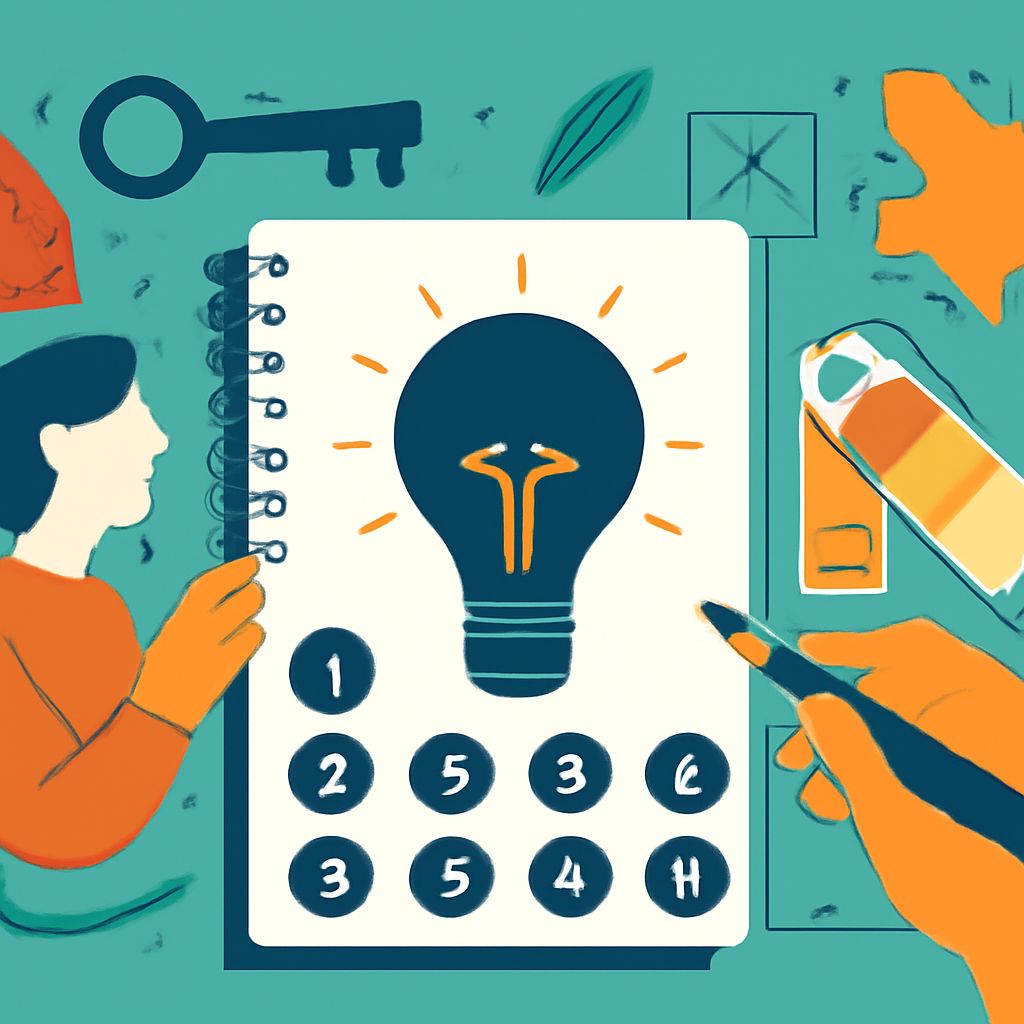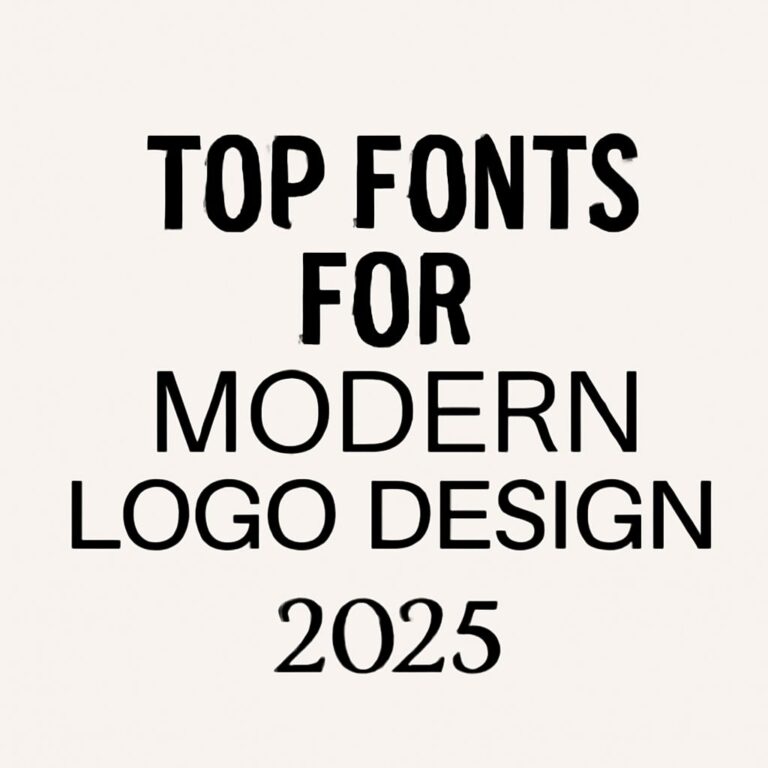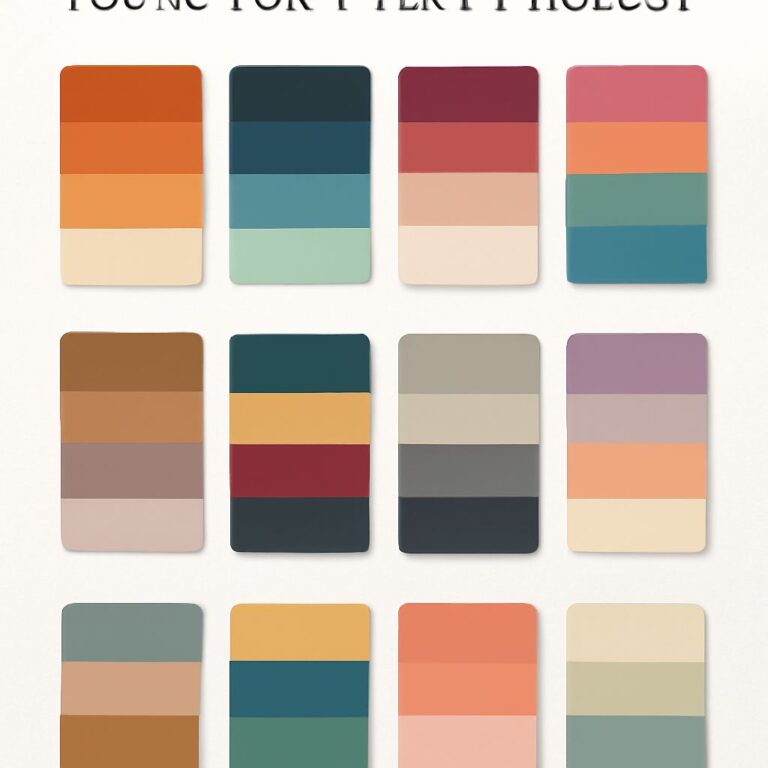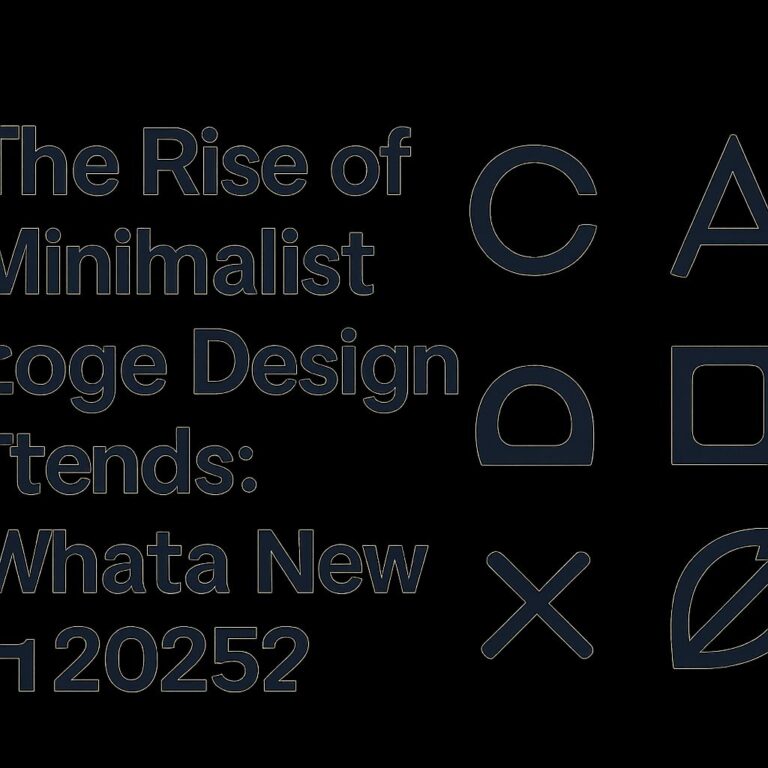Table of Contents
Unlocking Creativity: 10 Essential Design Principles You Must Know
Design is not just about aesthetics; it’s a discipline that requires understanding, thought, and application of certain principles that can elevate your work from ordinary to extraordinary. Whether you’re a budding designer or an experienced creative, mastering these design principles can significantly enhance your ability to communicate ideas visually. In this comprehensive guide, we will explore 10 essential design principles that every designer should know.
1. Balance
Balance in design refers to the distribution of visual weight in a composition. It can be achieved through symmetrical or asymmetrical arrangements of elements.
- Symmetrical Balance: This is achieved when elements on either side of a design are equal or similar. It creates a formal and organized look.
- Asymmetrical Balance: This involves different elements that are balanced according to their visual weight, creating a more dynamic and interesting composition.
2. Contrast
Contrast is the difference between two or more elements in a design. It helps to create visual interest and hierarchy, ensuring that the viewer can distinguish between important elements.
- Color Contrast: Using opposing colors on the color wheel enhances readability (e.g., dark text on a light background).
- Size Contrast: Larger elements can draw attention, while smaller elements can serve as supporting features in the design.
3. Alignment
Alignment ensures that every element is visually connected to another element, which helps create a clean and organized layout.
- Grid Systems: Utilizing a grid can help achieve consistent alignment throughout a design.
- Visual Connections: Elements should be aligned in a way that guides the viewer’s eye through the piece.
4. Repetition
Repetition involves repeating certain elements throughout a design to create unity and consistency.
- Branding: Repeating specific colors, fonts, or styles reinforces brand identity.
- Visual Patterns: Using similar shapes or styles can create a rhythm and flow in the design.
5. Proximity
Proximity refers to the placement of elements in relation to each other. By grouping related items together, you can create a more cohesive design.
- Grouping Similar Elements: This helps to clarify the relationship between elements, making the design easier to understand.
- White Space: Adequate spacing can enhance readability and prevent clutter.
6. Hierarchy
Visual hierarchy is about organizing elements in a way that signifies importance. Effective use of hierarchy guides the viewer’s attention in a structured manner.
- Typography: Varying font sizes and weights can indicate the order of importance of the information presented.
- Color and Contrast: Using bold colors or contrasts can draw attention to key elements.
7. Color Theory
Understanding color theory is essential for effective design. Colors evoke emotions and can influence perceptions. Knowing how to apply color can enhance the message of your design.
| Color | Emotion |
|---|---|
| Red | Passion, Energy |
| Blue | Calm, Trust |
| Green | Growth, Harmony |
| Yellow | Optimism, Clarity |
8. Space
White space, also known as negative space, is the empty space around elements in a design. It’s a crucial but often overlooked principle that contributes to the overall balance and aesthetics.
- Enhances Readability: Adequate spacing makes text easier to read and comprehend.
- Focus: White space can help emphasize important elements by separating them from other content.
9. Movement
Movement directs the viewer’s eye around the design. Effective use of movement helps to create a narrative or flow within a piece.
- Leading Lines: Using lines or pathways can guide the viewer’s attention through the design.
- Visual Flow: The arrangement of elements can create a path for the viewer’s eye to follow, enhancing storytelling.
10. User-Centered Design
User-centered design focuses on creating a product that meets the needs and expectations of its users. It’s essential in ensuring usability and satisfaction.
- Research and Testing: Understanding your audience through research can lead to more effective design solutions.
- Feedback Loops: Gathering user feedback and making iterative improvements can enhance overall design quality.
Conclusion
Incorporating these ten essential design principles into your work can enhance your creativity and improve the effectiveness of your designs. By understanding balance, contrast, alignment, repetition, proximity, hierarchy, color theory, space, movement, and user-centered design, you can create visually appealing and functional designs that resonate with your audience. Remember, design is a continuous learning process—stay curious, keep experimenting, and let your creativity unlock new possibilities!
FAQ
What are the essential design principles for unlocking creativity?
The essential design principles include balance, contrast, emphasis, movement, pattern, rhythm, unity, white space, hierarchy, and proportion.
How does balance impact design?
Balance ensures that visual elements are distributed evenly, creating a sense of stability and harmony in the design.
What role does contrast play in design?
Contrast helps to highlight differences between elements, making important features stand out and enhancing visual interest.
Why is white space important in design?
White space, or negative space, allows for breathing room in a design, improving readability and focusing attention on key elements.
How can rhythm be applied in design?
Rhythm can be achieved through the repetition of elements, guiding the viewer’s eye through the design and creating a sense of movement.
What is the significance of unity in design?
Unity ensures that all elements of a design work together cohesively, creating a harmonious and visually pleasing composition.









